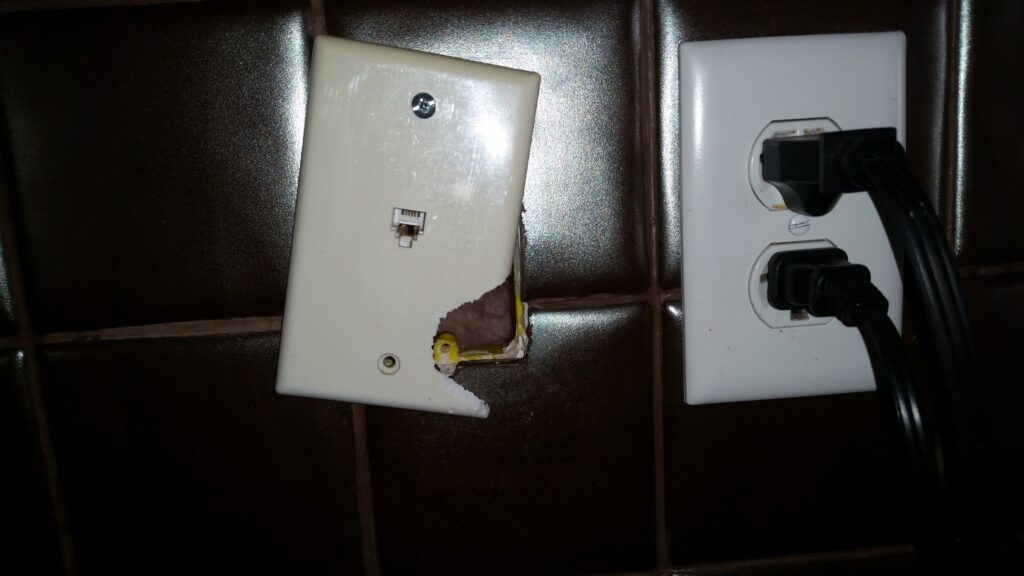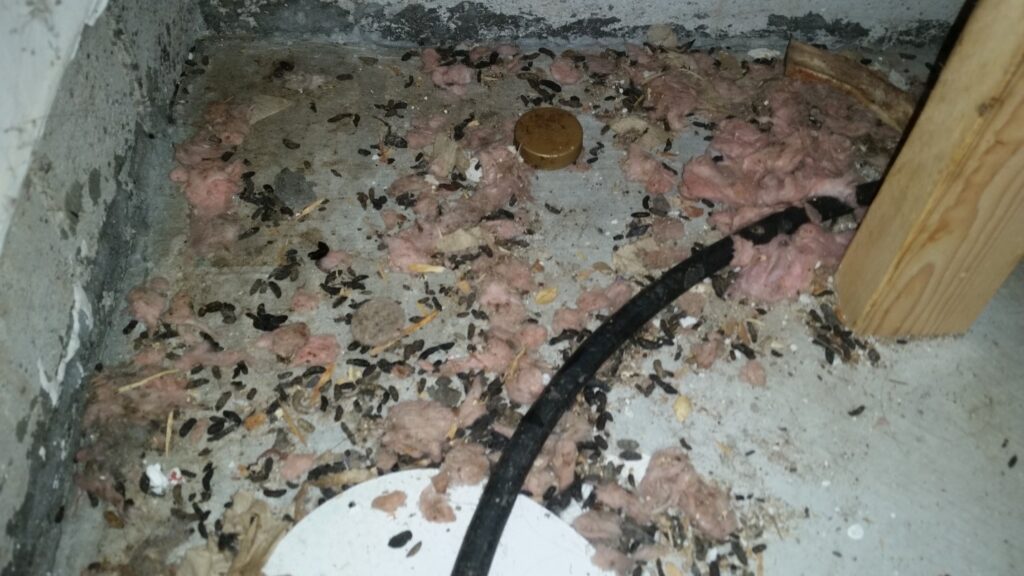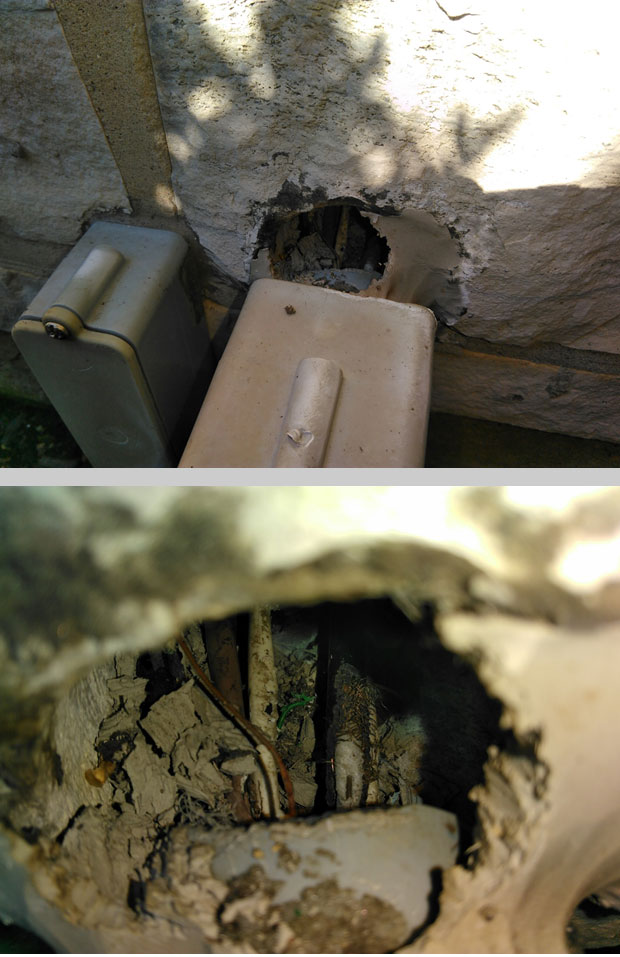Rats have a bad name. They’re dirty, they love sewers. We can all imagine a blanket of rats under the surface of our streets. For many generations rats have been a part of urban settings and food sources and shelter can bring them into your home.
What are rats?
This might seem like an obvious question, but due to their nocturnal secretive activities many of us might never come into contact with rats. They look very similar to mice. One of the main distinguishing characteristics between rats and mice is their size. Rats are typically much bigger. Rats are opportunistic survivors. They will eat almost anything. Live almost anywhere. And do almost anything to survive.

Rat chewing on a switch plate.
Old World rats or true rats originated in Asia. They are attracted to and often live near humans. So, they’re known as commensals, a class of relationships between two organisms where one benefits from the other without affecting it. Rats live off stored or wasted human food and inside structures to succeed.
Why do rats love cities?
Rats eat small quantities of human garbage while staying under the radar. They have been associated with humans since the rise of agriculture. The dense human populations in cities make them hotspots for rat activity. There’s an overflow of food and shelter in a relatively small space for rats to survive on. Rats can fit into holes the size of a quarter. Also, they can vertically migrate and move up skyscrapers by way of plumbing or wall voids.
Rats are not limited by the density of their population. They’re referred to as an r-adapted species. Meaning they rapidly mature, have short gestations periods and produce many babies. Most rats are found underground and find ways into homes from parks, subways and sewers. They can carry microorganisms from decomposition of wastes. Rats have gained the nickname disease sponges.

Rat droppings in a basement.
Dangers of rat overpopulation
- They can cause structural damage to homes. Their teeth are always growing so they gnaw on materials to control overgrowth.
- Rat damage can cause fires, floods and other property damage.
- Rats spread disease passing infection through blood, saliva or waste.
- They carry Leptospirosis, Salmonellosis, Rat-Bite Fever, Plague and Lyme Disease.

Rat entry and damaged wiring where a utility connection enters a wall.
Hamilton wildlife pest control
Rat infestation can easily get out of control. Nocturnal rodents can go undetected for a long time inside basements, crawlspaces and attic. It’s not until homeowners hear or see evidence that they become aware of the situation.
If you find evidence of a rat infestation inside your home then call Skedaddle Humane Wildlife Control for quality wildlife pest removal. Our technicians will be able to identify how and where rats are entering your house and implement a customized removal plan.
Call today! 1-888-592-0387


